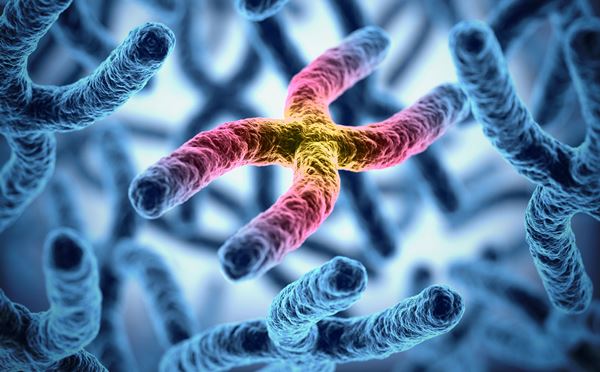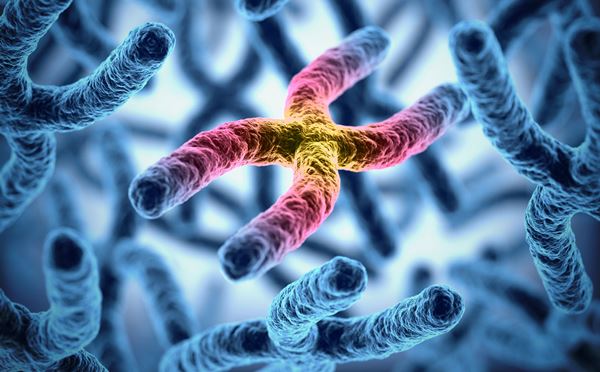
Researchers have discovered a new way to repair a gene defect in stem cells from a rare immunodeficiency. The immunodeficiency disorder is called X-linked chronic granulomatous disease (X-CGD).
The disease causes the immune system to malfunction and leaves patients vulnerable to a wide variety of conditions including pneumonia, skin infections, bacteremia/fungemia, and abscesses of the skin, tissues, and organs.
The scientists tested the treatment in mice and were able to repair the stem cells, allowing them to turn into normal white blood cells. Repairing the stem cells from a rare immunodeficiency may help save the lives of thousands of people.
X-CGD occurs when a gene called CYBB mutates. This gene is responsible for the production of a protein called NOX2, which plays an important role in the development of white blood cells. Scientists from the National Institute of Allergy and Infectious Diseases (NIAID), decided to focus on a CYBB mutation that causes a genetic change, producing inactive NOX2.
Using a gene editing tool, the scientists targeted and repaired the mutation in bloc-form stem cells. Once repaired, the CYBB gene looked like a normal gene in the body. The scientists did not see any unexpected outcomes from the changes to the gene.
The mice who had their genes edited behaved normally after receiving the treatment and their immune systems were working well. This study is evidence that scientists can repair stem cells from a rare immunodeficiency.
The findings may help researchers find better cures for a range of diseases including sickle-cell anaemia.
Source: Scientists repair gene defect in stem cells from patients with rare immunodeficiency
{{cta(‘010124f3-c9bc-4a23-b9fc-74953e6288c9’)}}


